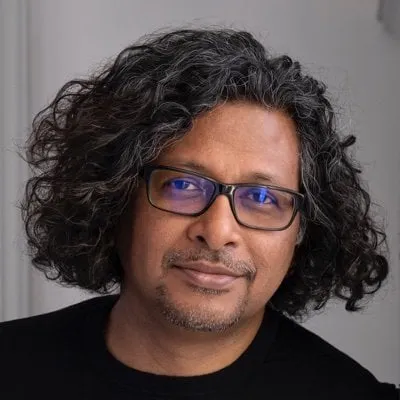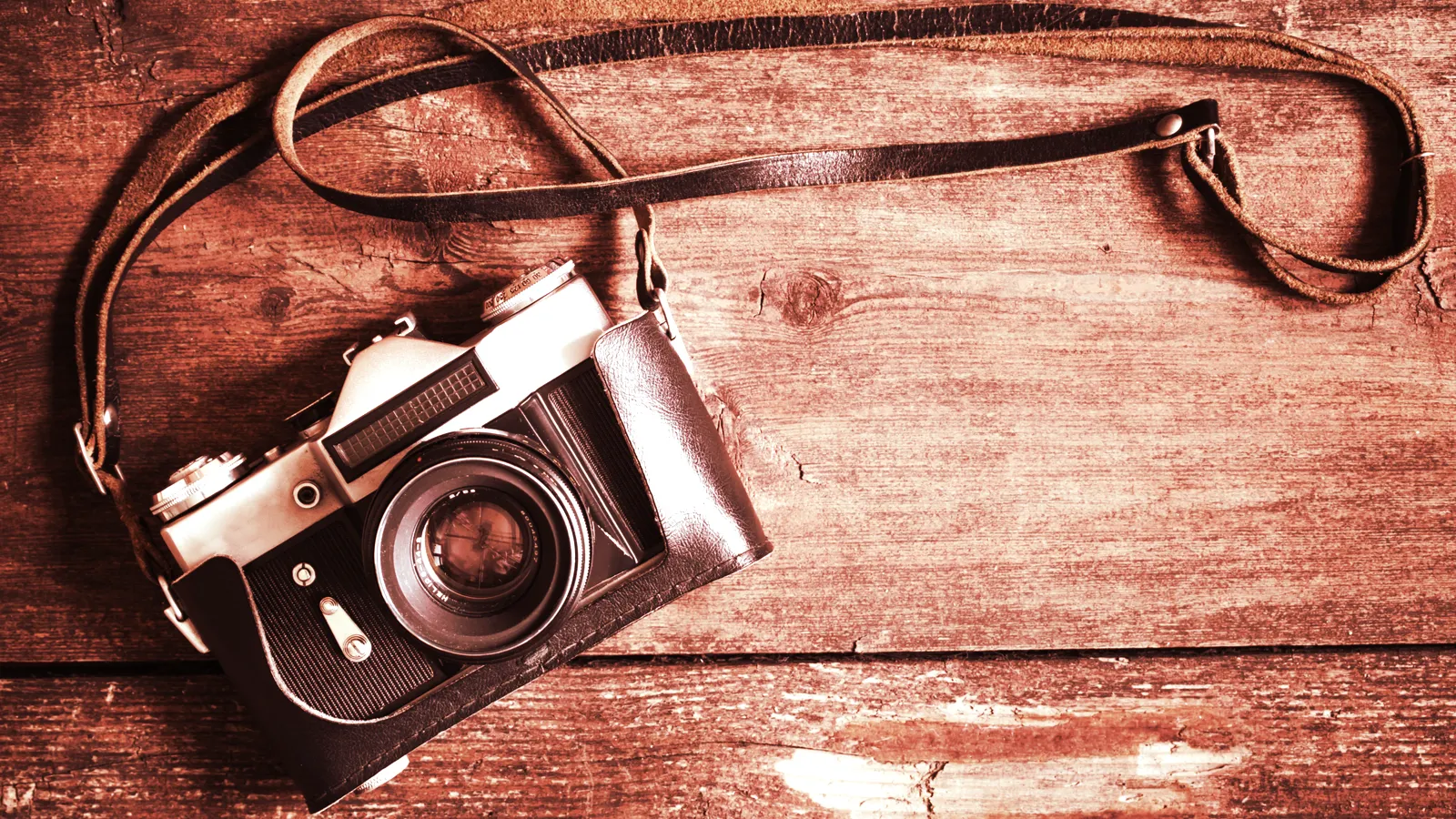Avid NFT photography collector Freddie snatched a photograph for $2,300 in November. Two months later, he flipped it for $30,400.
Welcome to the world of NFT photography collecting, where fine art meets decentralized finance for Millennials. Data from Artprice and estimates from Collector Daily suggest that the NFT photography market grew in 2021 to $200 million, the size of the traditional fine art print photography market.
This is just the tip of the iceberg. The art world is undergoing a massive transformation because of a rare confluence of major cultural and technological changes.
First, Millennials have emerged as adults during an era of enormous technological transformation, and their Gen-Z successors are digital natives who spend an increasing percentage of free time online. Second, those Millennials and Gen-Zers are coming into money—the greatest wealth transfer in history has over $35 trillion moving from Baby Boomers to younger generations. These conditions are fueling digitally native art collecting in both primary and secondary markets. Third, there has been an enormous growth of cryptocurrency wealth over the last five years, creating a new generation of art buyers.
Fine art photography is at the center of this confluence of technological immersion, wealth transfer, and crypto wealth generation, as the NFT photography market not only transforms but grows significantly.
Freddie, who like many in NFT-land prefers a handle to a full name, is more bullish on NFTs than physical photos: “I believe society will gradually become more digitized, and as that happens we will place more and more value in our digital lives. As the digital native generations start to have the funds our parents had, and we spend more time in front of screens, we will use our disposable incomes to collect—to support the arts, preserve wealth, and impress our friends online.”
Traditional photography was once the upstart
NFT photography was an upstart looking for a way into the photo market just as traditional photography once sought inclusion in the fine art world.
The photography market has been around for over a century. Initially steered by commercial galleries such as 291 in New York City and nurtured by iconic photographer Alfred Steiglitz, the medium began to establish itself within the larger fine art world. In 1930, the Museum of Modern Art in New York began collecting photographs. And by 1940, MoMA established one of the first departments in an art museum dedicated to photography. Today, leading photographers are part of the broader contemporary art market, which in 2021 was valued at over $51 billion.
The emergence of social media and smartphone cameras has made photography the dominant factor in the visual culture of our time, in turn driving the dramatic rise in the traditional photography fine art market over the last few decades. The five most expensive photographs at Sotheby’s auctions in the 1980s averaged $98,000. By the 2010s, this rose to $2.9 million. In the same time, the number of photographs auctioned more than tripled.
Together with advances in digital manipulation software, digital photography reshaped the art practice of most photographers. Artists have taken greater control of their images than was possible when they worked in a darkroom with negatives and prints.
Here come the NFTs
In November 2021, Justin Aversano’s Twin Flames #49 sold for $3,781,159, becoming the fifth-most-expensive photograph of all time.
NFTs—provably unique digital assets—are the next big innovation, and the effects on photography are huge. This is because NFTs address some complex challenges inherent in the traditional approach to collecting photographs. Because photographs are immensely reproducible and easily forged with a simple copy/paste function, authenticity and provenance remain an issue. The maturing of blockchain and other Web3 technologies is enabling solutions to these challenges—tracking the creation of the work, and its movement on the primary and secondary markets, and hence preserving and growing its value. This is not to say there is no potential for fraud, but it is much easier to verify authenticity with NFTs than with traditional print photographs.
“NFT photography is likely to become the primary manner of distribution and collection of photographs soon, in the same way that digital photo production has become the dominant mode of photo production today,” said NFT photo and generative art collector and photographer Pixelpete. This does not mean that it will be the only way of collecting—just like analog photo creation is more robust than ever and continues to produce some of the most sublime images and prints, there will remain a robust niche market for traditional print collecting, likely backed by blockchain provenance.
“With NFTs, for the first time we have the technology that puts photography in the same playing field as traditional art—it can be a unique piece of art and can follow the same rules in the art market,” said NFT photo collector Sashaku.eth. “I think it will take some time for the majority of people to grok this, but now a photograph has the same chances to get into the list of highest art sales as any other form of art.”
Newer generations are much more comfortable collecting NFT photography than older collectors. Despite the generational and technological differences between NFT and traditional fine art collectors, there is also continuity in the types of works being purchased. Recently we have also seen mega-artists from the traditional world enter the NFT space, such as Alec Soth—described by The New Yorker as “arguably the most influential photographer of the past twenty years”—who sold out his genesis NFT project on the Assembly platform.
NFT photography collecting is migrating toward the qualities inherent in fine art photography that have endured over a century and drove the massive market rise in the early 2000s. “There’s an inherent beauty, relatability, and humanity to photography that allows you to instantly connect with the pieces on deep levels,” said NFT photo collector 0xRainbow, adding that NFT photos are not valued for the same properties as other NFTs because they generally “lack the rarity elements that are sought after in PFPs and generative art. And so, you see people buying what appeals to them, what they find interesting, and what they resonate with most.” Often, that's artistic quality.
“I collect NFT photography because they fill the emotional void that lives in the NFT world,” said Jeffexcell. “While you might connect and identify with a certain PFP, be in awe of generative art, and be intrigued by the play-to-earn or membership models, nothing in the NFT space has ever brought me to tears except NFT photography.”
Freddie added that NFT photography “is one of the few NFT art genres where you can already find world-class quality work on the blockchain.”
As the traditional and crypto art markets converge, the value of NFT photos is poised to increasingly migrate toward high-quality artwork with clear provenance, circulation, and artistic merit. “I see NFT photography as the oracle network of digital art,” said OffCamber.eth, “because the artists are bringing photographic images from the real world onto the chain. So there is this common thread throughout the works of real human experience being carried into our virtual worlds.”
As more photographers come to the NFT world, collectors are more and more assessing artists on the conceptual, technical, and formal qualities of their work, the photographer’s significance and critical appeal in the contemporary landscape, and the price history of their work. The latter will by then be much more transparent to all collectors. Because this is an emerging market, there will be ups and downs on the way, but early participants will likely be huge beneficiaries. Most of us were not collecting Cindy Sherman photographs for $100 in the early 1980s, but we are here now as the major artists of 21st century photography emerge on the blockchain.





